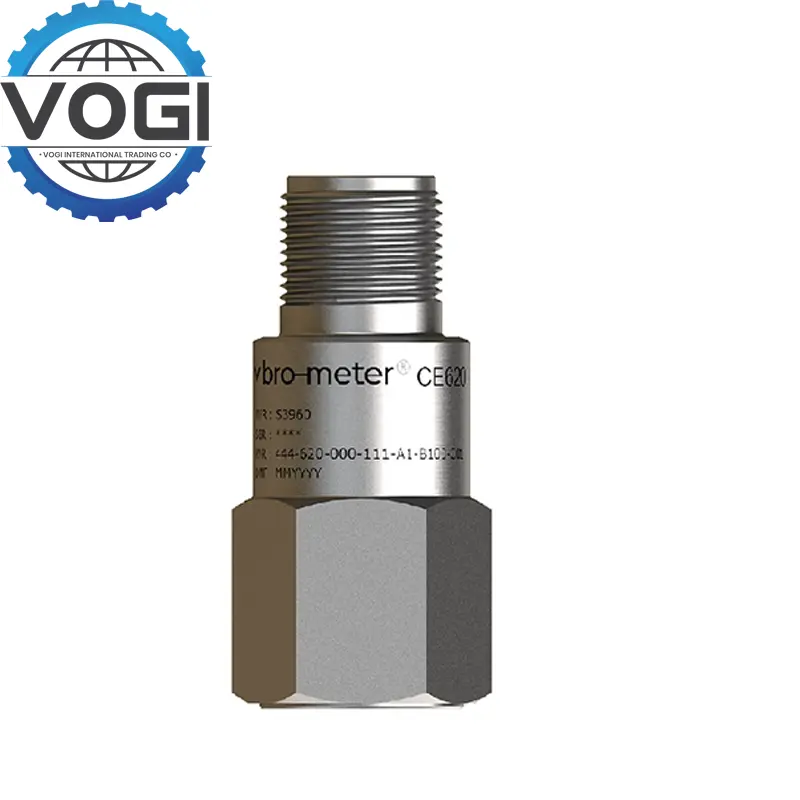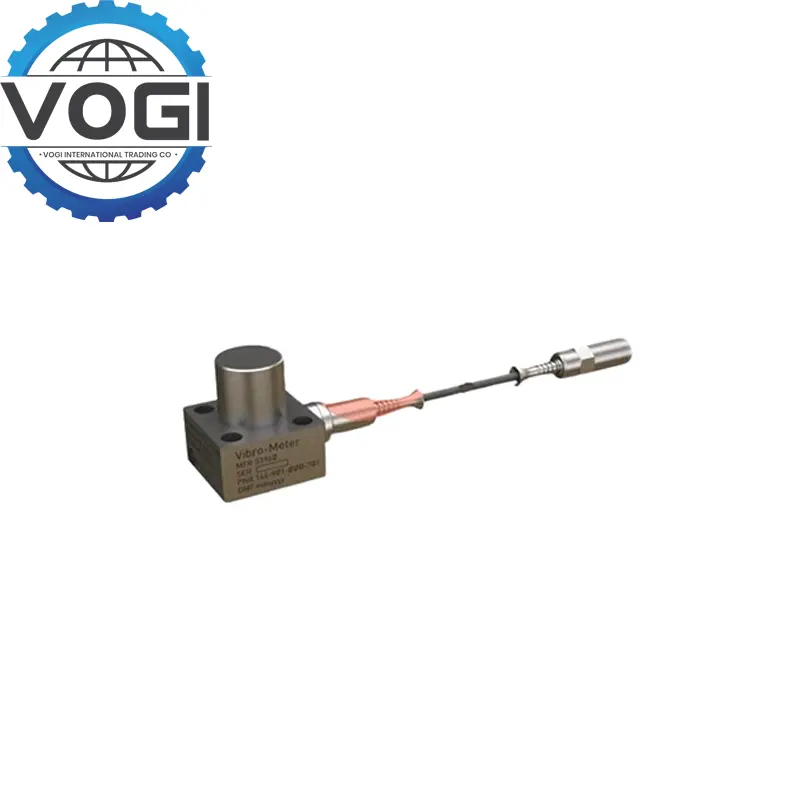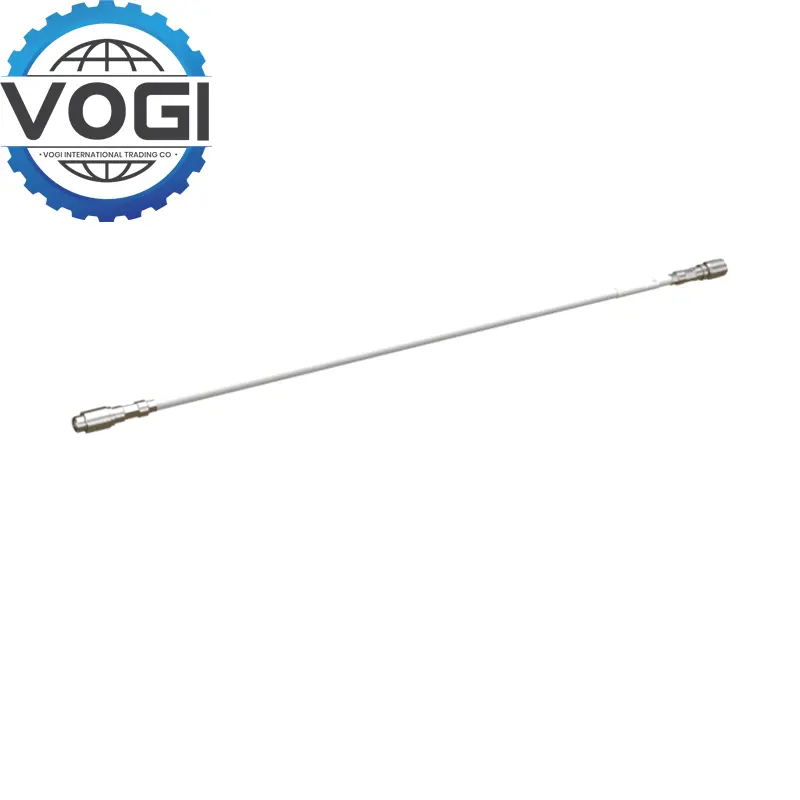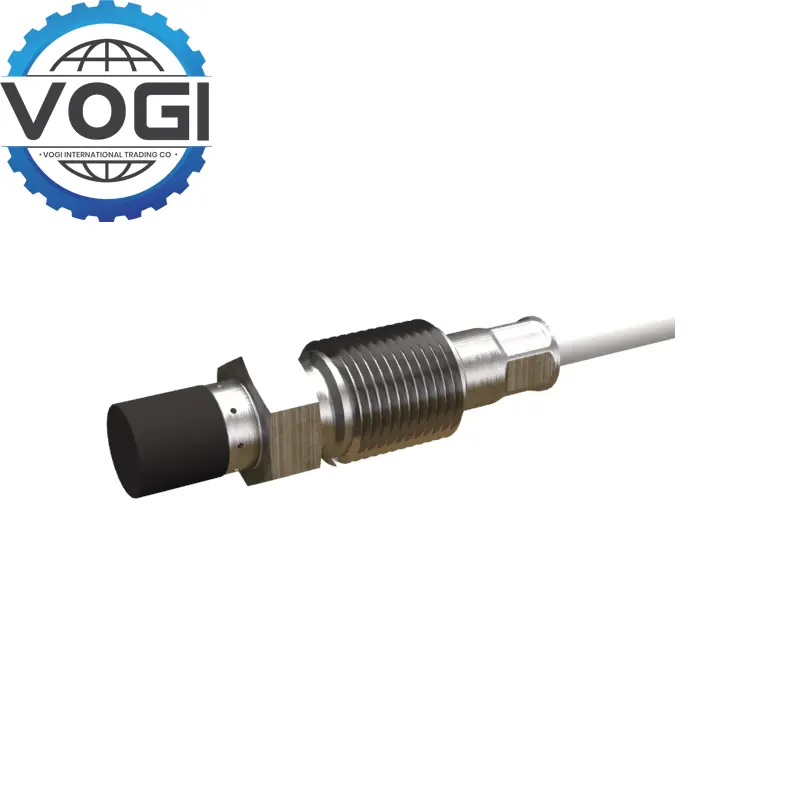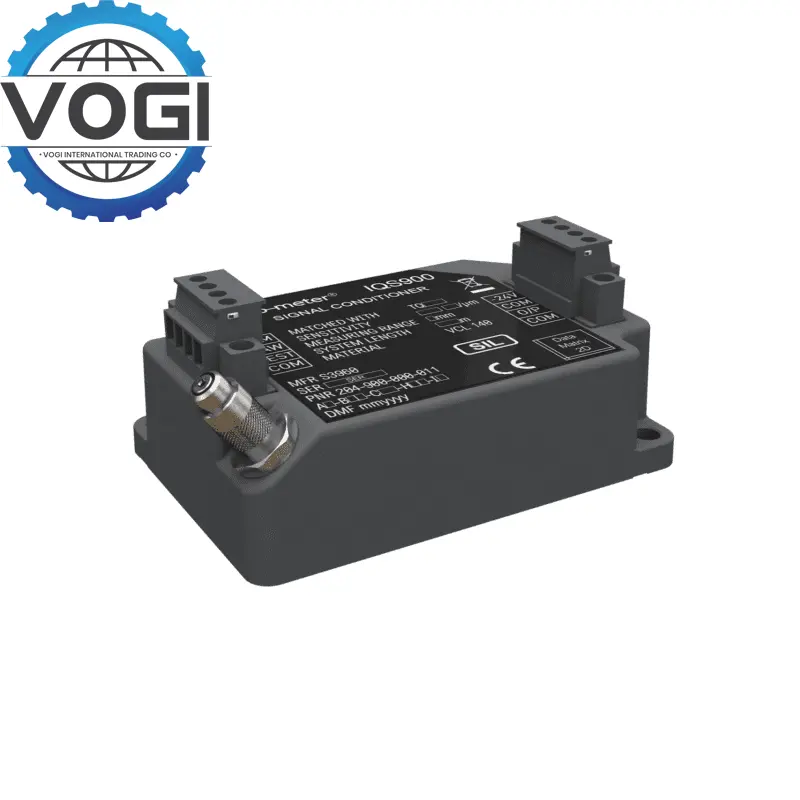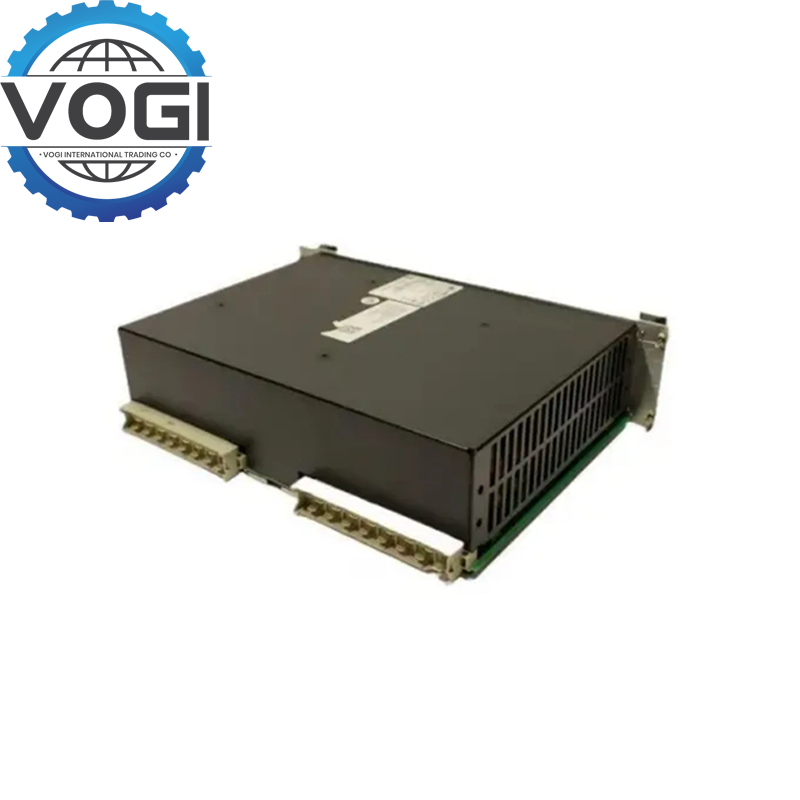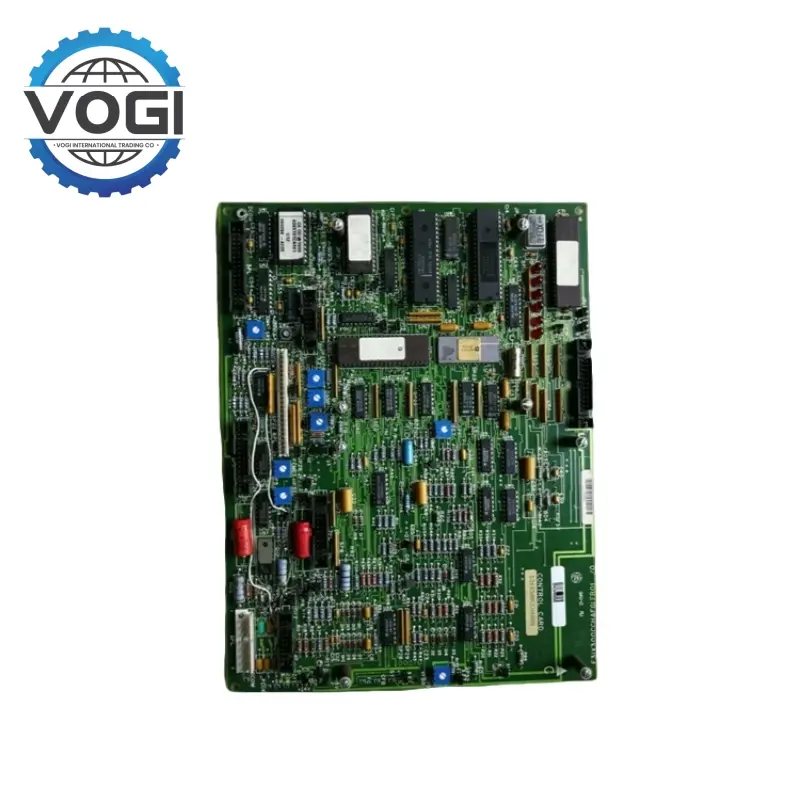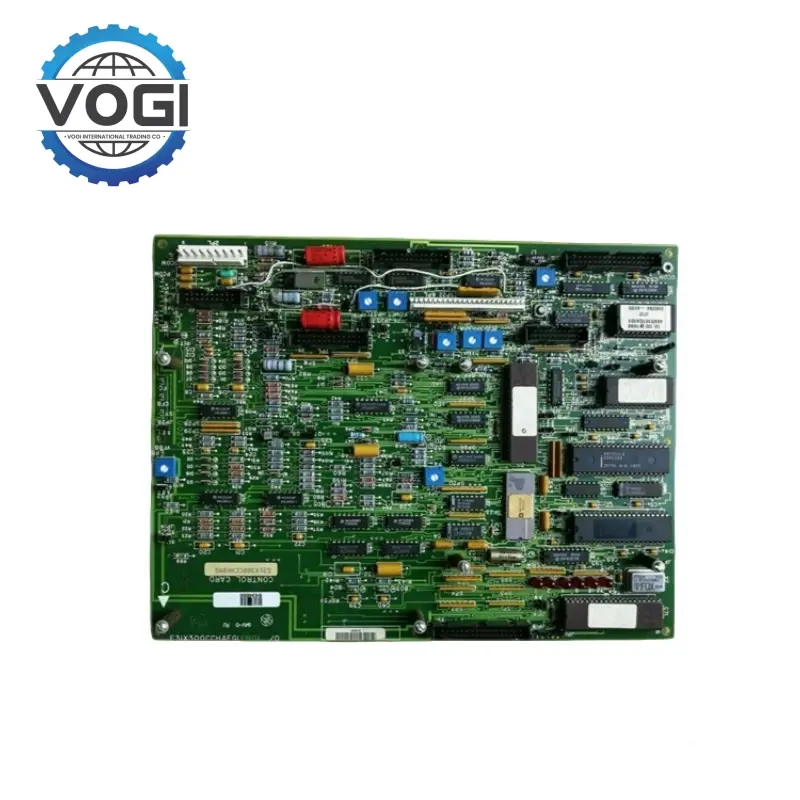GE 531X300CCHAFM5 Remote MFC Board
Key SpecificationsVOGI
Input Voltage: 24V DC (±10%).
Power Consumption: 5 - 8W.
Operating Temperature: -40°C to 85°C.
Storage Temperature: -50°C to 90°C.
Relative Humidity: 5% - 95% non - condensing.
Interface: Modbus RTU/TCP, Ethernet.
Baud Rate: Up to 115200 bps.
Digital Outputs: 4 isolated, open - collector.
Key FeaturesVOGI
Precision Sensing: GE 531X300CCHAFM5 can precisely sense different physical parameters like temperature, pressure, and flow rate. It can measure within a narrow margin of error, from which it can assure your data is to control process accurately.
Flexible Configuration:GE 531X300CCHAFM5 can be tailored to the end user. These adjustable parameters provide a high degree of freedom of use in various application scenarios, including setting measurement ranges, output signal types, and communication parameters.
Data Logging and Analysis: GE 531X300CCHAFM5 comes with a built-in data logging facility, which can keep historical data over a period. This data can then be retrieved and analyzed later to recognize trends, troubleshoot problems, and improve processes.
Alarm and Notification: Various parameters can be set with thresholds for alarm notifications. If a parameter passes the predefined threshold, it may activate an alarm, using either a hardware buzzer, or send a notification using a communication interface.
Freight Estimation(Part Of The Area)VOGI
|
Destination |
Freight |
|
Middle East |
$43 |
|
Southeast Asia |
$16 |
|
South Asia |
$56 |
|
South Africa |
$46 |
|
Europe and USA |
$27 |
|
Russia |
$51 |
APPLICATIONVOGI
Power protection: used for overcurrent, grounding and short-circuit protection in power generation, transmission and distribution systems.
Industrial automation: built-in motor protection, inverter control and production line safety monitoring.
Smart grid and microgrid: GE 531X300CCHAFM5 used to support distribution energy access, power quality management, and grid stability management.
Building system: GE 531X300CCHAFM5 used for building distribution monitoring, emergency power switching, and energy efficiency optimization.








